Patterns
Kits
sundries
knitting tools, buttons and notions, project bags and other pleasing little things
knitting tools, buttons and notions, project bags and other pleasing little things
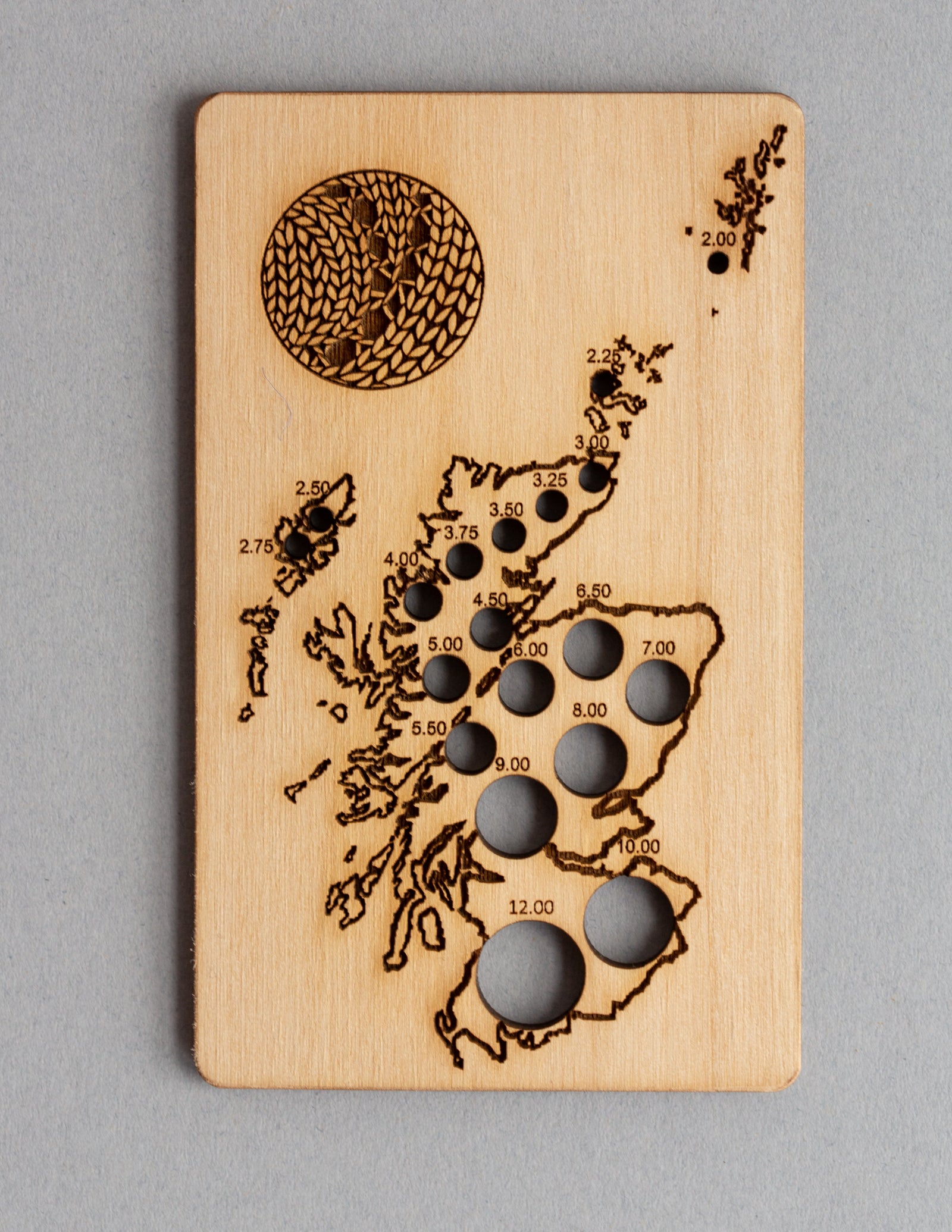
Exclusive Scotland needle gauge by Katrinkles
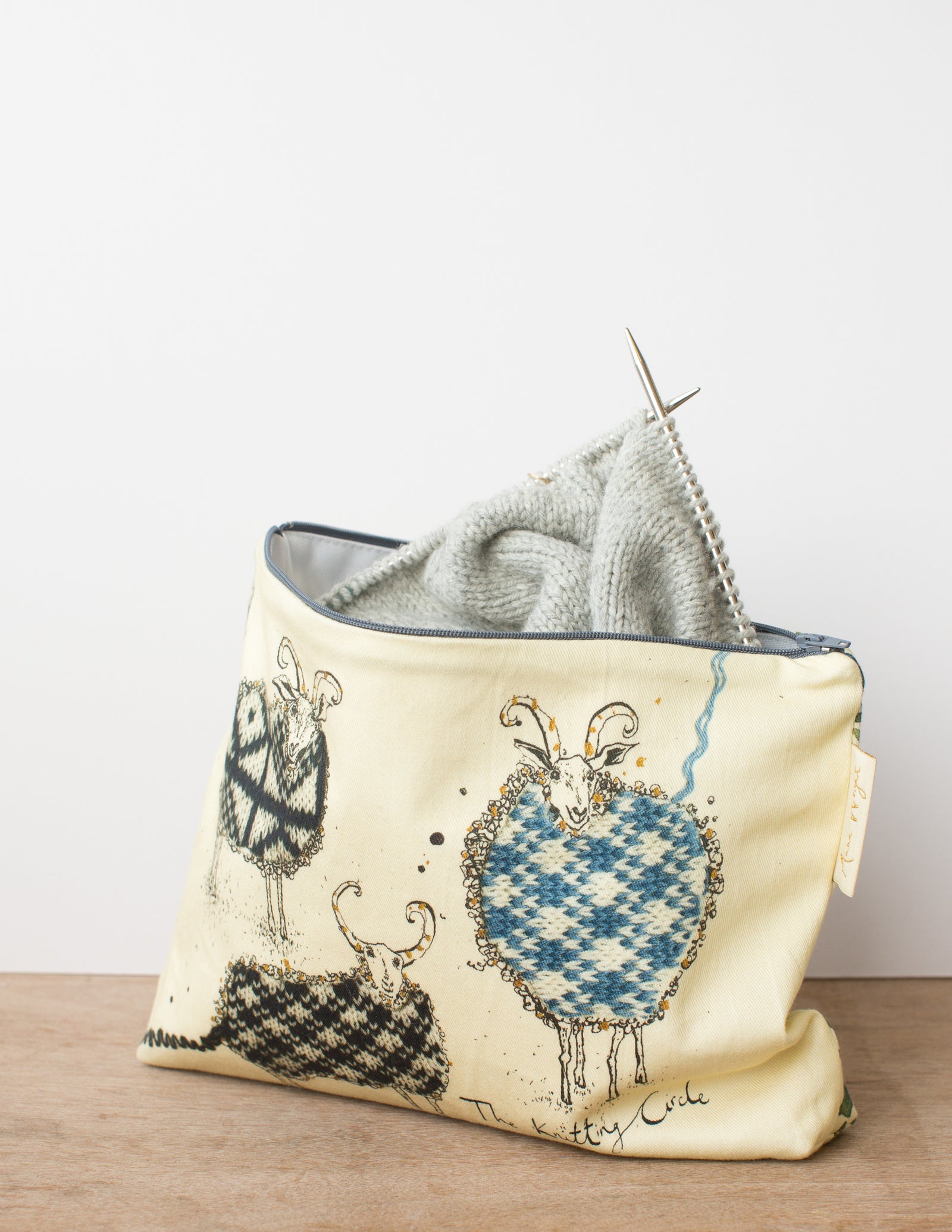
Zippered pouches in two sizes by our studio neighbour Anna Wright
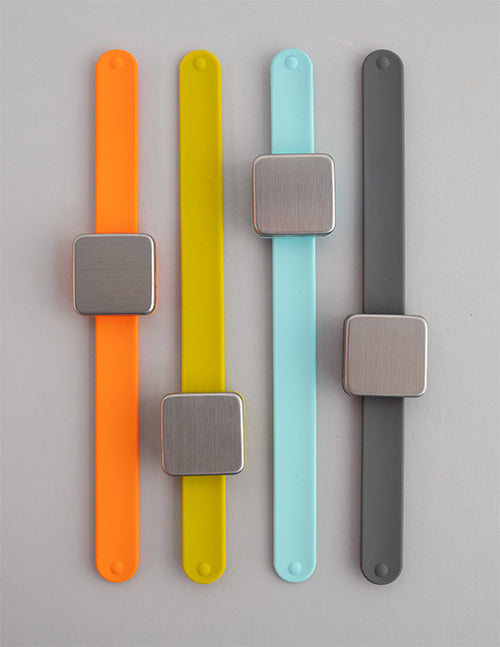
keep small tools accessible with the Maker's Keep
gift 2019
Subscribe to our Colourwork Club for a gift that lasts well into the new year. Your recipient will receive a new colourwork kit in Janurary, February and March
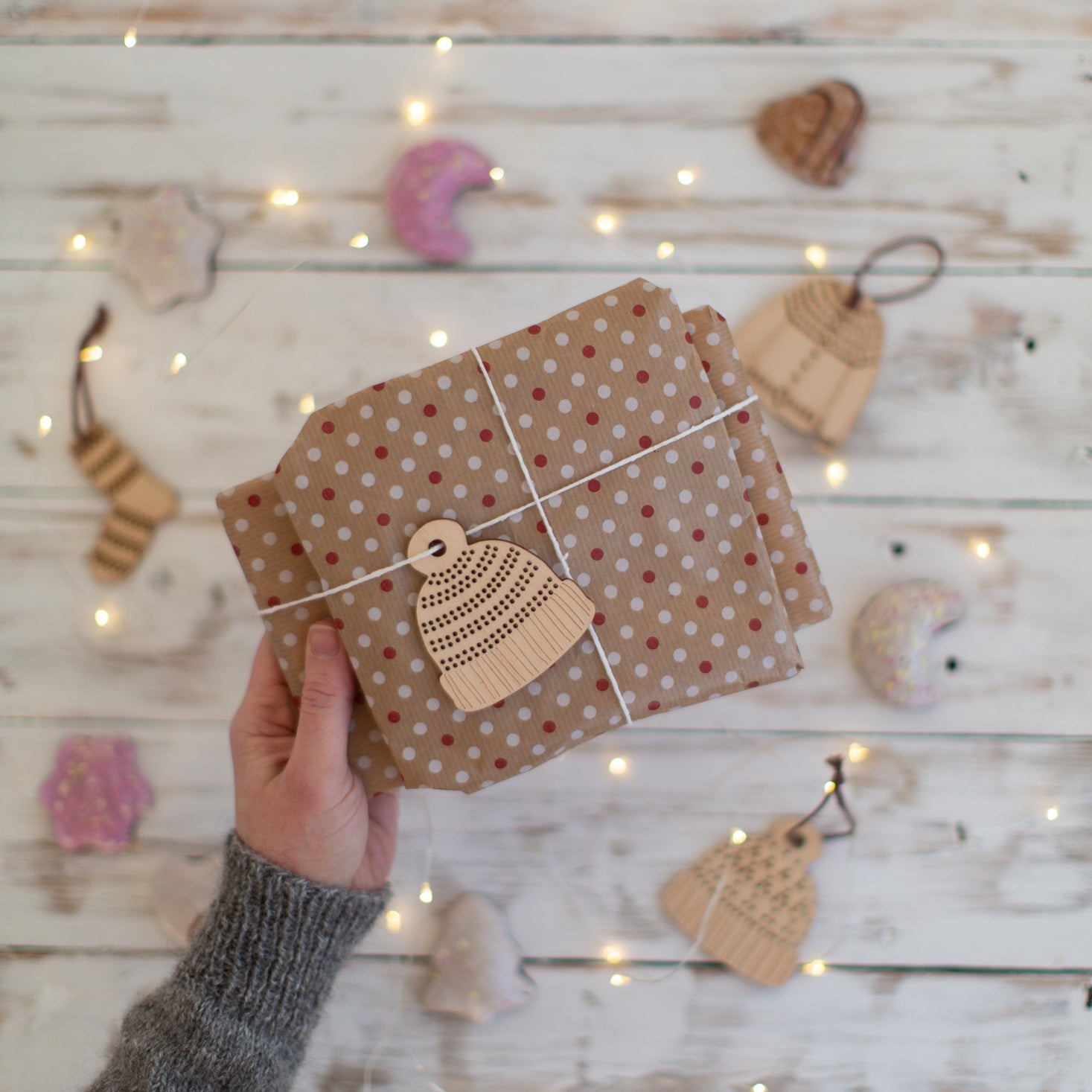
Subscribe to our Colourwork Club for a gift that lasts well into the new year. Your recipient will receive a new colourwork kit in Janurary, February and March


Last minute shopping? Gift cards are delivered electronically - forward the email or print it for your recipient. A range of amounts are available and gift cards don't expire.

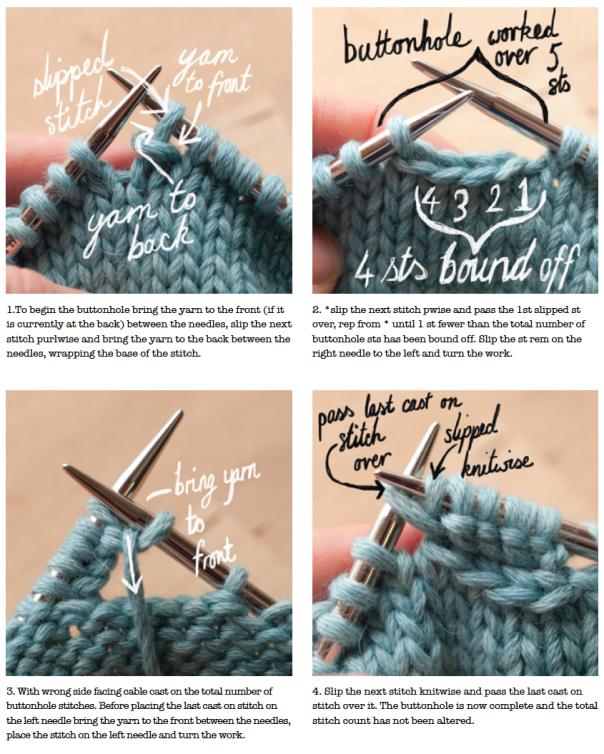
One Row Buttonholes
March 20, 2014
This is the method I use for all buttonholes except the very tiny, where some form of eyelet is more appropriate. It looks great on garter stitch bands like the ones on wee Chickadee.

This tutorial is an extract from my book Little Red in the City which also includes tutorials on cast ons, short rows, swatching and lot of other information to help you make great fitting garments.
There are a few variations — in Knitter’s Almanac Elizabeth Zimmermann writes:
“I had heard of one-row buttonholes from all directions; you make it all in one row, they said, and don’t have to worry about it on the next row or the row after. Worry? It’s a pleasure to spend three rows on a buttonhole. If you are involved in a technical manoeuver, it makes the knitting go like the wind.”
Personally I prefer one row buttonholes not because it gets the buttonhole over with but because I find them neater and less prone to stretching out of shape than any multi-row buttonhole I’ve ever done. I can’t say I find turning the work irritating, but if you do you’re in most excellent company, the above passage is from the July chapter of the almanac where, on a park bench in Blegium, she spent time developing a one-row buttonhole without the turning. Elizabeth titled the result the “Definitive (I think) Buttonhole.” I love the implication that there’s always a possibility for improvement. Try both of these, but maybe you can come up with an even better option.
Zimmermann’s Definitive Buttonhole
This version begins in almost the same way as the one above except that the first stitch is slipped and then the yarn is brought to the front. The stitches are bound off as above and then the remaining stitch on the right needle is slipped to the left, twisted. Remove the last stitch on the right needle and place it back on the same needle twisted, bring the yarn to the back over the right needle and pass this stitch over it. Firmly backwards loop cast on the total number of buttonhole stitches onto right needle. Knit the next 2 sts on left needle tog.
No matter how tightly you work it the backwards loop cast on is a bit softer than a cabled cast on. It might be more appropriate for lighter-weight projects or smaller buttonholes — I find the version with the cabled cast on can end up a bit too tight on buttonholes worked over 3 to 4 stitches but otherwise I generally prefer the firmer version despite the need to turn the work. I like to think arguing is implied in the encouragement to be a “thinking knitter”.
Also in Journal
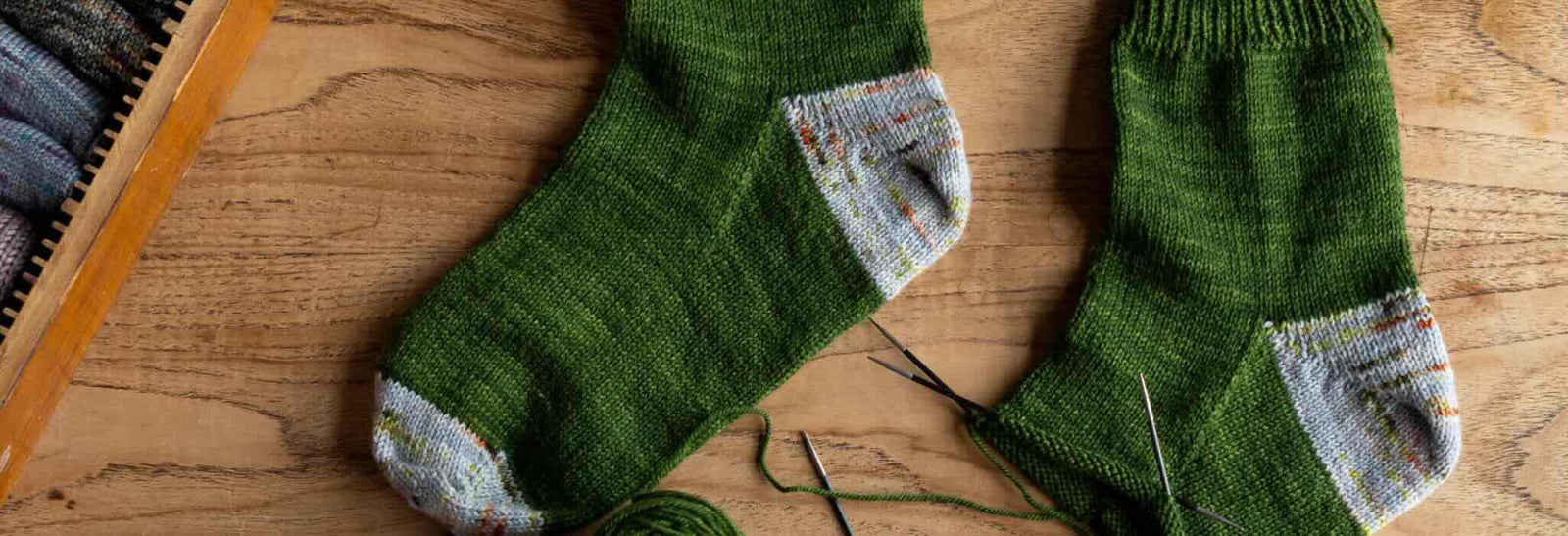
Deep Shadow Heel Tutorial
September 25, 2025
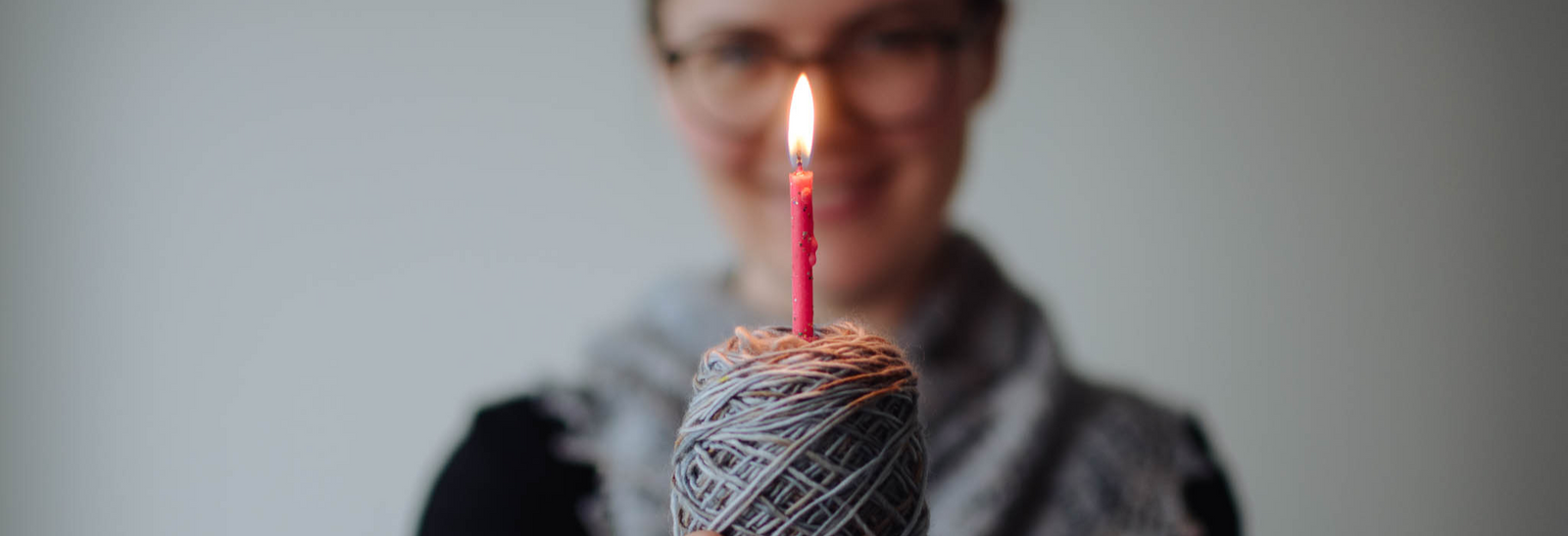
20 Years of Ysolda Knitting Patterns: Part 2
June 23, 2025
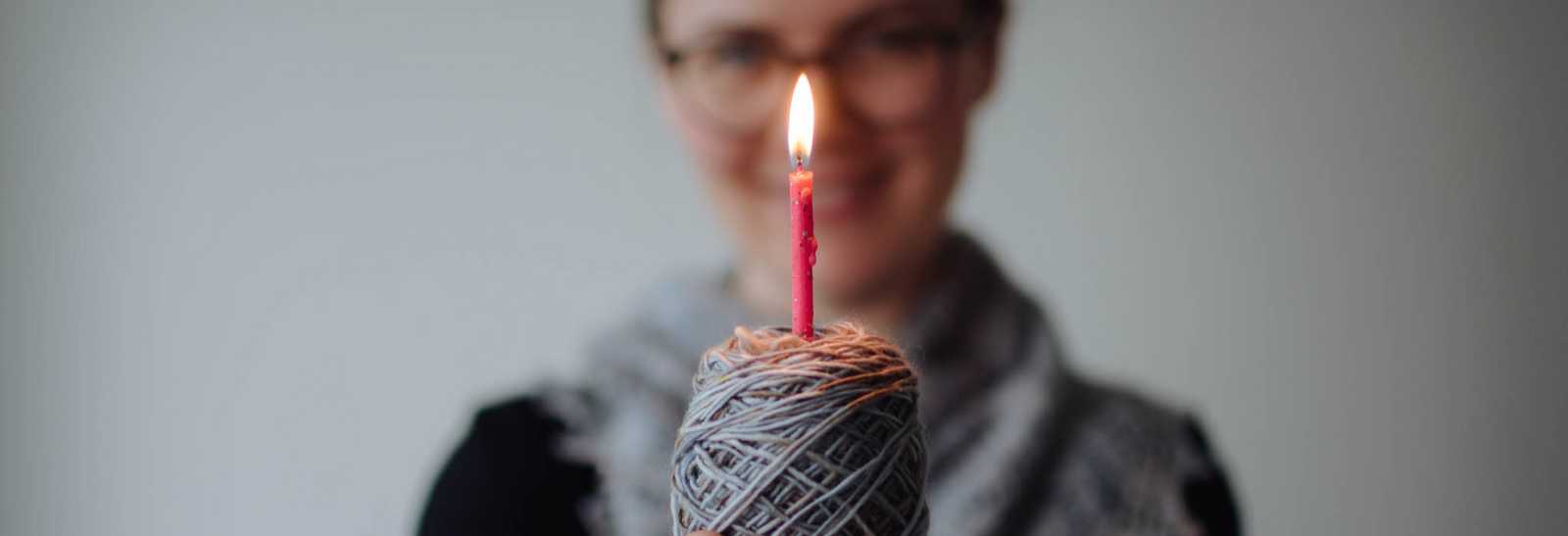
20 Years of Ysolda Knitting Patterns: Part 1
June 19, 2025
Recent Articles
-
Deep Shadow Heel Tutorial
September 25, 2025
-
20 Years of Ysolda Knitting Patterns: Part 2
June 23, 2025
-
20 Years of Ysolda Knitting Patterns: Part 1
June 19, 2025
-
Learn to Knit: Mattress Stitch
March 29, 2023
-
How to Knit a Scarf: A Beginners Guide to Scarf Knitting
March 23, 2023
-
Learn to knit: the long tail cast-on
February 03, 2022
-
How to Graft Your Knitting
December 09, 2021
-
Crochet Provisional Cast-on
December 02, 2021
-
Learn to knit: How to knit in the round with double pointed needles
November 25, 2021
-
Learn to knit: How to knit in the round using the magic loop technique
November 25, 2021
Free resources
-
KALS, step-by-step pattern guides and free patterns
Learn brioche with the free Daniel's Hat pattern
Tombreck - a free chevron beanie pattern
Working the brioche neck detail on the Polwarth sweater
Installing a zipper and ribbon, finishing wee Carson
Yarn colour ideas for Threipmuir sweater
Additional colourways for the Joy mitts (choose your pride flag)
How to join the shoulders on Wardie
How to join the pockets on Granton and Wardie
Finishing Resources for Granton
Broughton mittens tutorial part 1
Broughton mittens tutorial part 2
Broughton mittens tutorial part 3
Basics
Casting on
Decorative Channel Island Cast-on
Binding off
3 Easy Stretchy Bind-offs (p2tog bind-off; k2togtbl, k1 bind-off; Jeny's surprisingly stretchy bind-off)
Tubular Bind-off for brioche stitch
Increasing
Paired increase methods compared
How to continue in pattern while increasing and decreasing
Decreasing
Brioche stitch double decreases
Knitting in the round
How to Knit in the round using Magic Loop
How to Knit in the round using DPNs
Short rows
Swatching and gauge
Tips and tricks
Avoiding ears when binding off
Tighter purl stitches for neater cables and ribbing
Cabling without a cable needle
How to knit more symmetrical yarn overs
Bust darts in sweaters with all over stitch patterns
A magic formula for evenly distributing shaping
Superwash v Non-Superwash Wool
Picking up sts from the middle of the fabric
Reading knitting patterns
Understanding "continue in pattern"
Help! Where am I in my knitting project?
Using charts, even if you hate them
Finishing
Garment knitting
Joining the body and sleeves on a seamless bottom up sweater
Sizing
Ysolda’s sizing chart for knitwear designers
Inclusive garment knitting
How to pick a garment without a model for you (specifically addresses finding garment patterns when your gender identity isn't represented and the styles you want to knit might not be sized to fit your body)
How does ease affect inclusive size ranges?
Specific stitch patterns
Lace
Identifying and fixing mistakes in lace knitting
Colourwork
Getting started with stranded colourwork
Understanding colour dominance
Working stranded colourwork over small circumferences
Decreases in stranded colourwork
Holding the yarn for stranded colourwork
Ladderback Jacquard (a neat way to deal with long floats)
Cables
Cabling without a cable needle
Cabling without a cable needle on the wrong side
How to knit cabled decreases
Closed ring cable increases and decreasesBrioche
How to work brioche stitch in the round
Other crafts
Cross stitch
How to begin your first large cross stitch project
How to finish a cross stitch project with an embroidery hoop frame
Mending

Sign up today
Find out the latest news from the studio such as sales, pattern releases, and new workshops or KALs our learning community, The Knitwork. We also share helpful tips and exclusive subscriber discounts...



